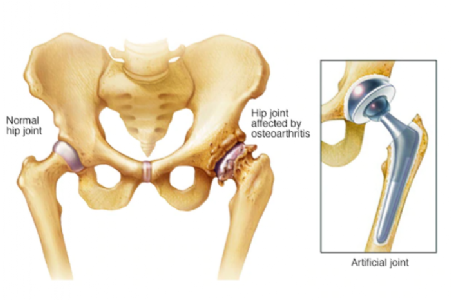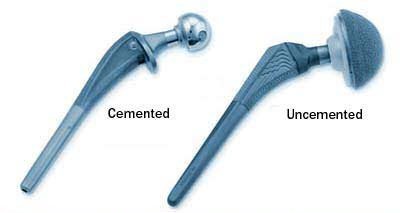The hip joint is made up of a ball-and-socket. The socket is made of bone and cartilage, and the ball is the top of the thighbone, also known as the femoral head.
Sometimes, either the socket of the hip or the thighbone is injured or becomes diseased. This can result in pain, trouble with walking, or difficulty with everyday tasks. You may have already tried pain relief methods such as medications, physical therapy, supports, or braces. If the pain doesn’t subside, your doctor may recommend hip replacement surgery.

 WHO NEEDS A HIP REPLACEMENT?
WHO NEEDS A HIP REPLACEMENT?


 WHAT ARE THE DIFFERENT TYPES OF FRACTURE ?
WHAT ARE THE DIFFERENT TYPES OF FRACTURE ?
 HOW IS THE NEW HIP CONSTRUCTED ?
HOW IS THE NEW HIP CONSTRUCTED ?


 HOW IS HIP REPLACEMENT SURGERY PERFORMED ?
HOW IS HIP REPLACEMENT SURGERY PERFORMED ?

 HOW IS THE NEW HIP CONSTRUCTED ?
HOW IS THE NEW HIP CONSTRUCTED ?